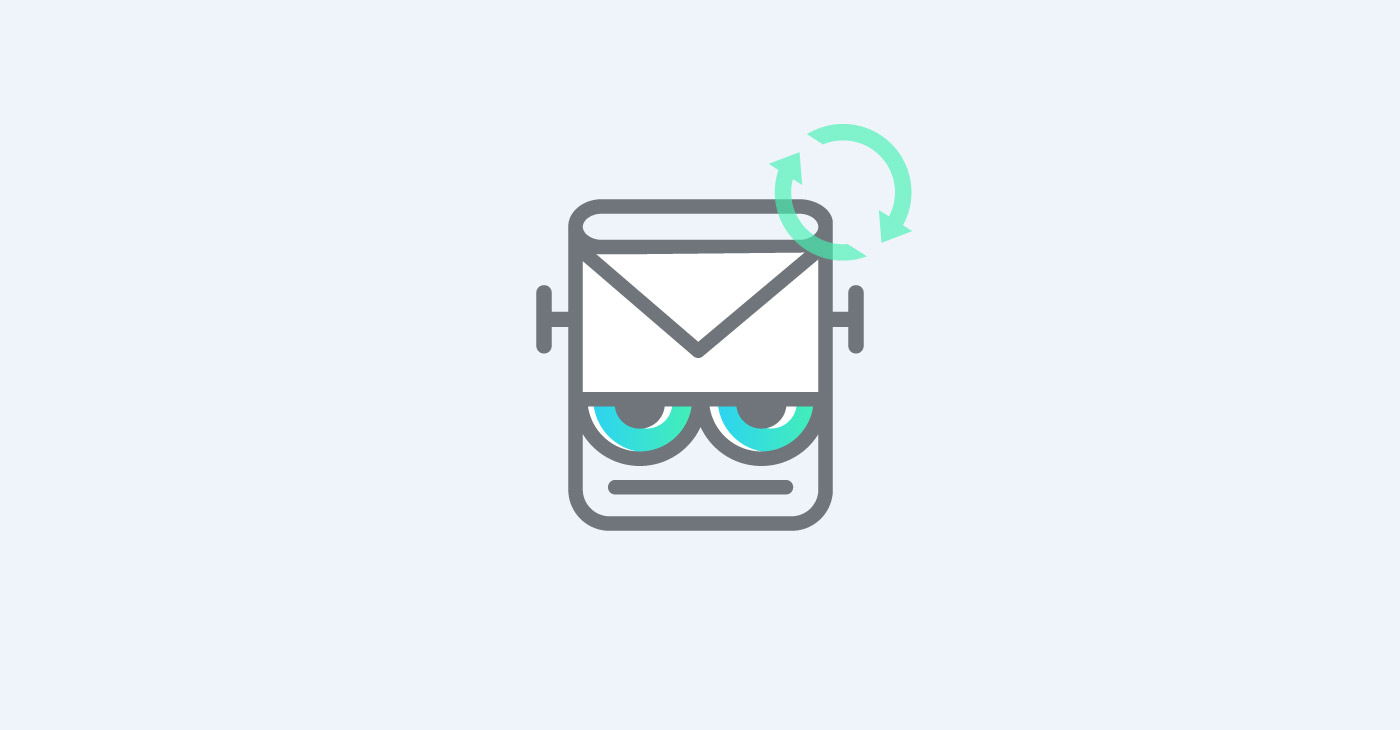Why Is A Re-engagement Campaign Not A Monster To Be Afraid Of?
October 24, 2016 2 min read

There is a monster that grows when you have subscribers just sitting there in a list not doing anything. It’s also there when you have a large number of subscribers, not opening your emails. This monster grows until there comes a time where you’ll have to come face to face with a Frankenstein-like monster. That monster is the re-engagement email you may be considering to send, but it’s frightening what might happen when you send that type of email.
When a person subscribes to your emails, this signifies that they are interested in your company, and would like to stay up to date with you. However, time is a monster itself, and over time people can lose interest for any reason and stop opening emails, or their life cycle can end and are just sitting there. Many fear to even think about sending a re-engagement email because it may lead to a lot of unsubscribes as if it’s like releasing a monster onto a village. Much like some stories of Frankenstein though, it’s wrongfully feared.
With these conditions, it is the perfect time to at least try to re-engage your contacts. The reason subscribers put their name on the list is because they were excited about your company and your services, so it’s time to get them excited again. So how do you re-engage your contacts? It is as simple as sending an email, but it’s what is in the email is what matters, especially when re-engaging contacts.
A question to ask yourself before you send the email is why this person or group of people subscribed to your list in the first place. This would be easy to ascertain if the list has been segmented. It can be harder if you haven’t and that’s okay, it’s definitely not too late to start now. Yes, even un-engaged and inactive contacts you’ll need to split into teams, because it’s usually good to split into teams to tackle a monster, just maybe not in scary movies.
Now what you put into the email really depends on your segments and why you want to re-engage these contacts. For example, if you know that your contacts have subscribed because of the Halloween costumes, what you’ll want is to send an email with new Halloween costumes. In this scenario, you’re re-engaging contacts with the goal of having a lot of them remain to keep opening your emails. Otherwise, the other tactic is to clean your list
Cleaning your list is a best practice in the email marketing industry. Yes, this does mean getting rid of some contacts and possibly shortening your list, but that’s a good thing! You never want contacts who are disinterested in your emails and do nothing. They only cause problems, especially with deliverability in the end. You always want to send to contacts that you believe will open your email.
Hopefully, now that the monster has come to light that now you see it as a gentle giant. Re-engaging your contacts is something not to be afraid of, rather a tactic to be used to either regain contacts or to clean your list.




